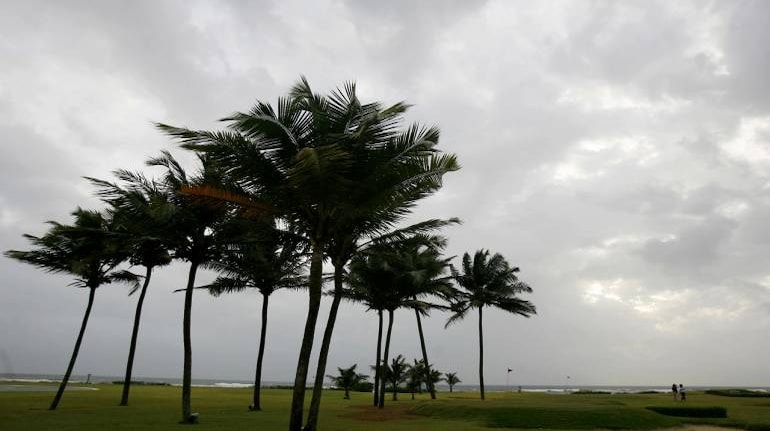



The 2021 Southwest Monsoon is expected to hit the Kerala coast on June 3, as per the India Meteorological Department (IMD).
It is estimated to be normal at 98 percent of the Long-Period Average (LPA).
This will be the first normal monsoon in three years after two above-average monsoon rainfall in the last two years, which is welcome news for an economy dented by a second 'wave' of COVID-19 cases.
Another crucial aspect of the economy, which the monsoon will have a direct bearing on, is inflation, especially food prices.
Where are we on inflation?For the month of April, Consumer Price Index-based inflation (CPI) was pegged at 4.29 per cent, the lowest in three months and well within the Monetary Policy Committee’s inflation targeting range of 4 (+/-2) per cent. This was primarily due to softening food prices.
Wholesale Price Index-based inflation (WPI) for the same month, however, touched an 11-year high of 10.49 percent.
Official data showed that WPI inflation had reached near-record levels owing to rising fuel and power prices, that touched a 49-month high, and an increase in global commodity prices as other nations began to come out from the COVID-19 pandemic.
These factors cancelled out a fall in food prices across the board, as non-food WPI inflation rose 15.6 per cent compared with a 3 per cent deflation for the same period last year.
Analysts say that WPI is expected to remain high in the coming months due to a low-base effect and sustained high commodity prices, while CPI inflation should comfortably remain within the MPC’s range.
How does monsoon impact inflation?In early May, before the April inflation data was released, Reserve Bank of India Governor, Shaktikanta Das, had said that a normal south-west monsoon should contain food prices and ease inflationary pressures, going ahead.
The most basic way monsoons affect food prices can be explained through supply and demand. A normal monsoon means food production on expected lines. Rainfall stored in reservoirs is used for irrigation and is factored in by farmers. When demand is steady or matches supply, prices will remain constant.
Lower rainfall could lead to drought-like conditions and below-par production. The flip side applies to excess rainfall, which could lead to floods. Both will activate short-term rise in food prices, depending on the crop.
Additionally, a bumper harvest means more money in the hands of rural India and hence a spike in rural demand and a boost for consumer goods. This also affects non-food inflation.
The south-west monsoon delivers about 70 per cent of India’s annual rainfall and determines the yield of rice, wheat, sugarcane, and oilseeds, such as soybeans. Farming makes up about 15 per cent of India’s economy but employs more than half of its population.
This is even more true as the COVID-19 pandemic has forced many economic migrants to go back to their villages and re-engage in farming.
Monsoon rains replenish reservoirs and groundwater, allowing better irrigation and more hydropower output. Food makes up nearly half of CPI, which is primarily what the MPC targets.
Discover the latest Business News, Sensex, and Nifty updates. Obtain Personal Finance insights, tax queries, and expert opinions on Moneycontrol or download the Moneycontrol App to stay updated!
Find the best of Al News in one place, specially curated for you every weekend.
Stay on top of the latest tech trends and biggest startup news.